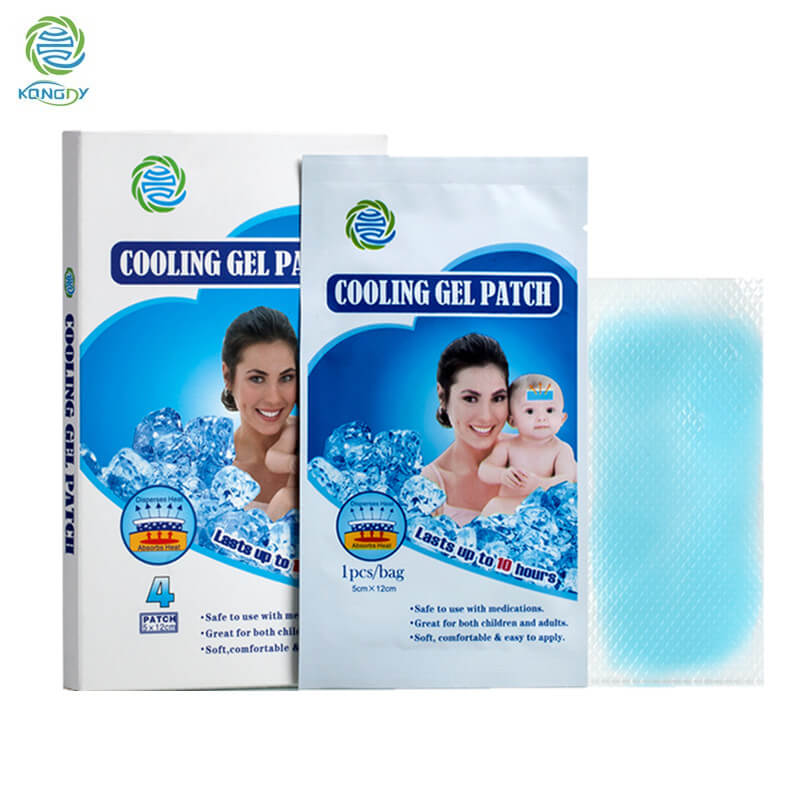Author:Kangdi 08-10-2024
The cooling gel patch industry, once a niche market, has rapidly evolved into a global phenomenon with far-reaching impacts on health, economics, and technology. At the heart of this revolution are the factories that produce these innovative comfort solutions, transforming raw materials into products that touch millions of lives daily.
The economic footprint of cooling gel patch manufacturing is substantial. Market analysts project the global cooling patch market to reach $418 million by 2026, with a compound annual growth rate of 6.2%. This growth has spurred job creation not only in manufacturing but also in related sectors such as research and development, marketing, and distribution. In countries like China, South Korea, and the United States, cooling gel patch factories have become significant contributors to local economies, often revitalizing areas affected by industrial decline.
From a health perspective, cooling gel patches have emerged as a versatile tool in pain management and fever reduction. Hospitals and clinics worldwide now incorporate these patches into their treatment protocols, particularly in pediatric care where they offer a non-invasive alternative to traditional cooling methods. The ease of use and effectiveness of these patches have made them indispensable in home healthcare, providing relief for conditions ranging from sports injuries to menopause symptoms.
The manufacturing process itself has become a hotbed of technological innovation. Advanced robotics and AI-driven quality control systems ensure precision and consistency in production. Some factories have implemented IoT (Internet of Things) technology to optimize their operations, using real-time data to adjust production parameters and reduce waste. This technological leap has not only improved product quality but also significantly reduced manufacturing costs, making cooling gel patches more accessible to a broader consumer base.
Environmental considerations have also shaped the industry. Many manufacturers have shifted towards more sustainable practices, using biodegradable materials and eco-friendly packaging. Some factories have even developed closed-loop systems that recycle water and materials used in the production process, significantly reducing their environmental footprint.
The cooling gel patch industry has also fostered international collaboration. Factories often partner with research institutions and healthcare providers worldwide to develop specialized patches for specific medical conditions. This global network of knowledge exchange has accelerated innovation in the field, leading to the development of smart cooling patches that can monitor body temperature and adjust their cooling intensity accordingly.
As urban populations grow and climate change leads to rising temperatures globally, the demand for personal cooling solutions is expected to surge. Cooling gel patch factories are at the forefront of meeting this demand, continually pushing the boundaries of what's possible in personal temperature regulation. From the factory floor to the end-user, these patches represent a cool revolution in comfort and care, showcasing how industrial innovation can directly contribute to human well-being on a global scale.
 0086 19937104978
0086 19937104978





